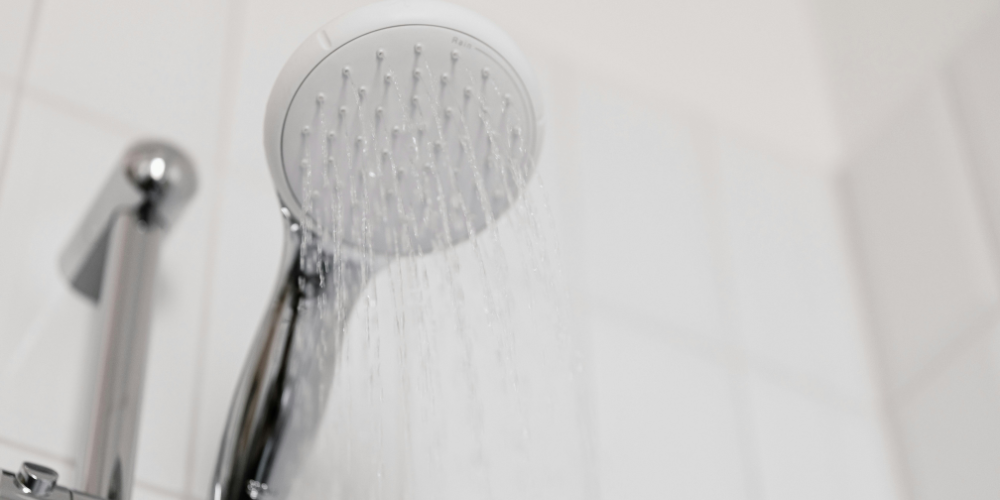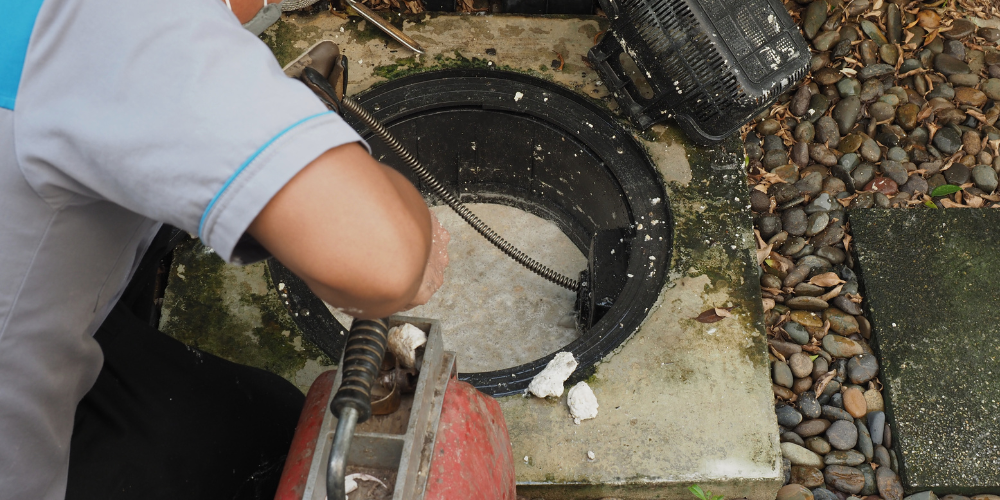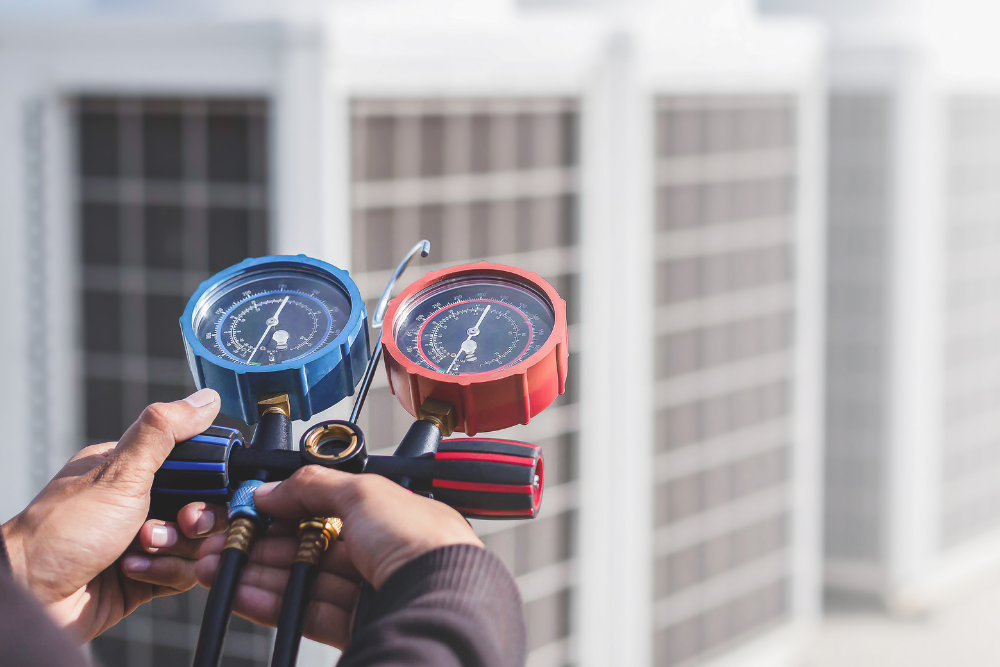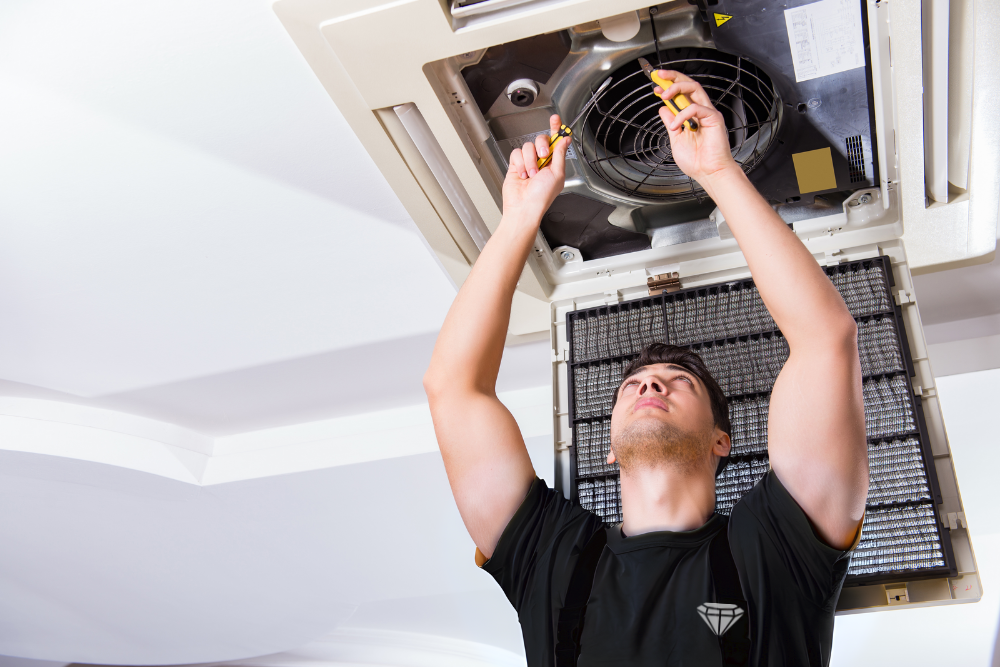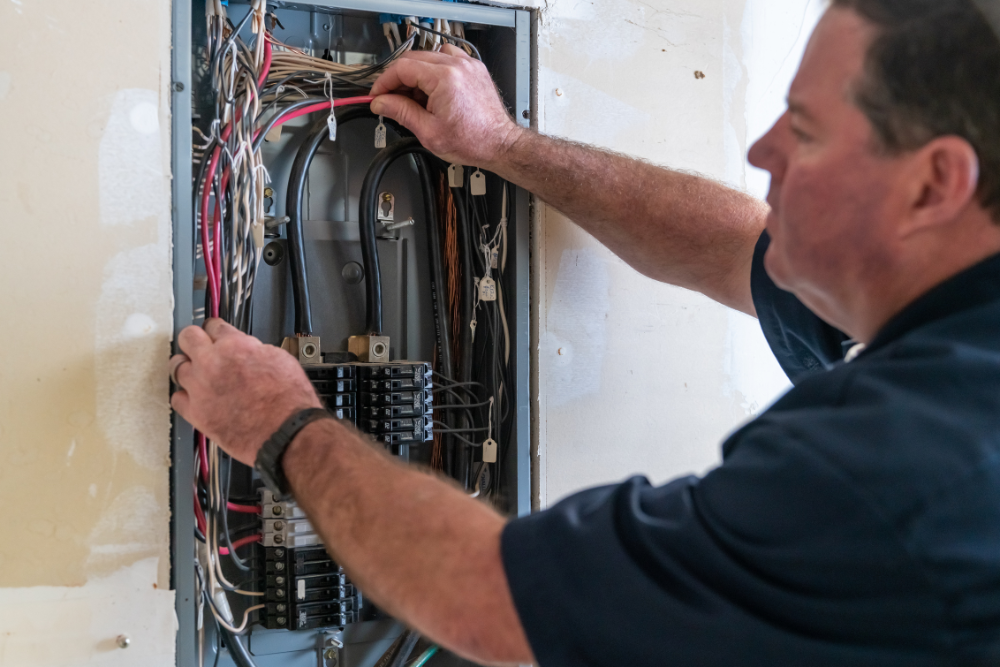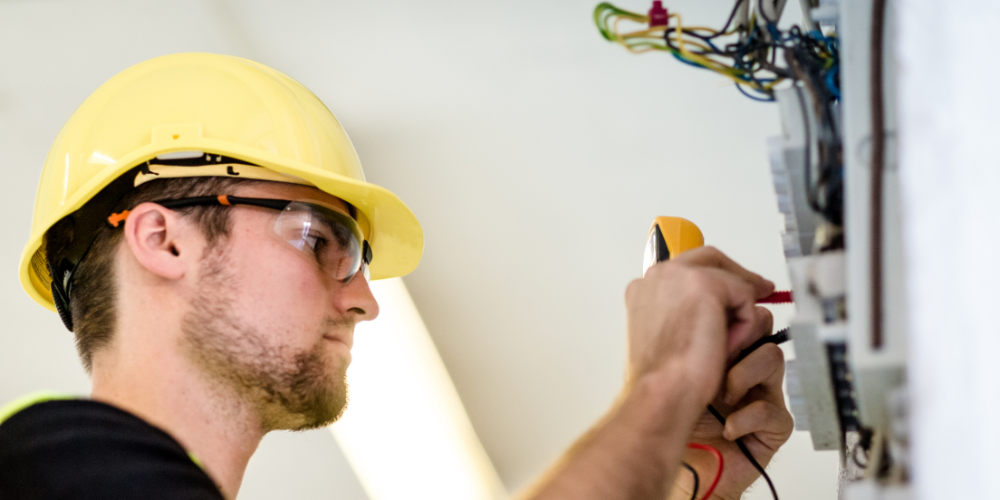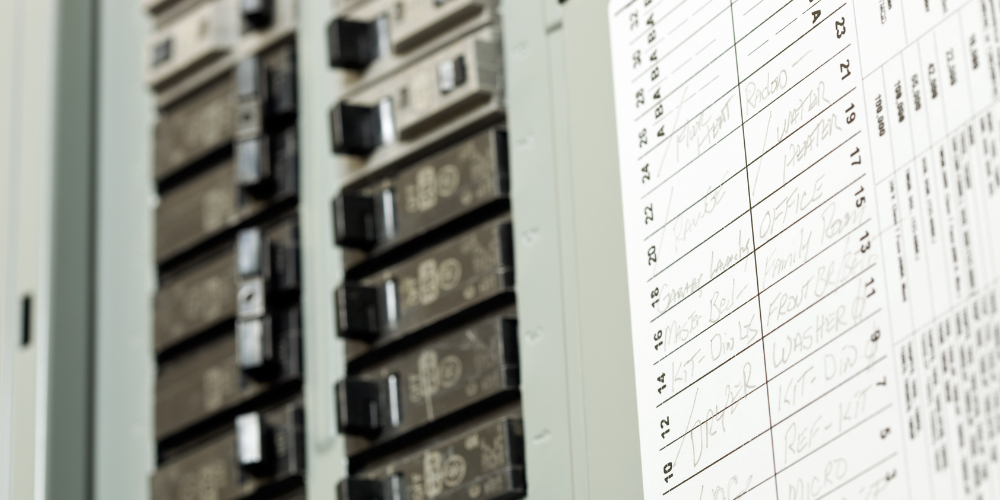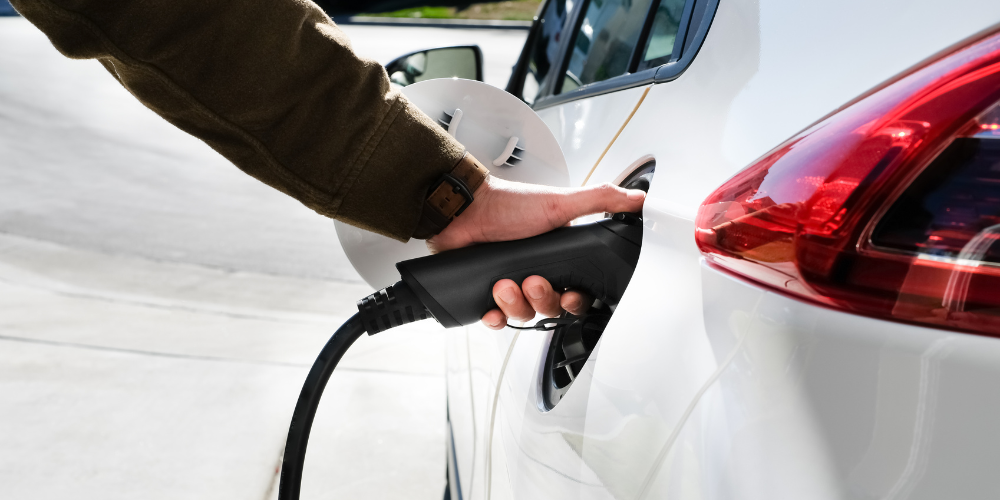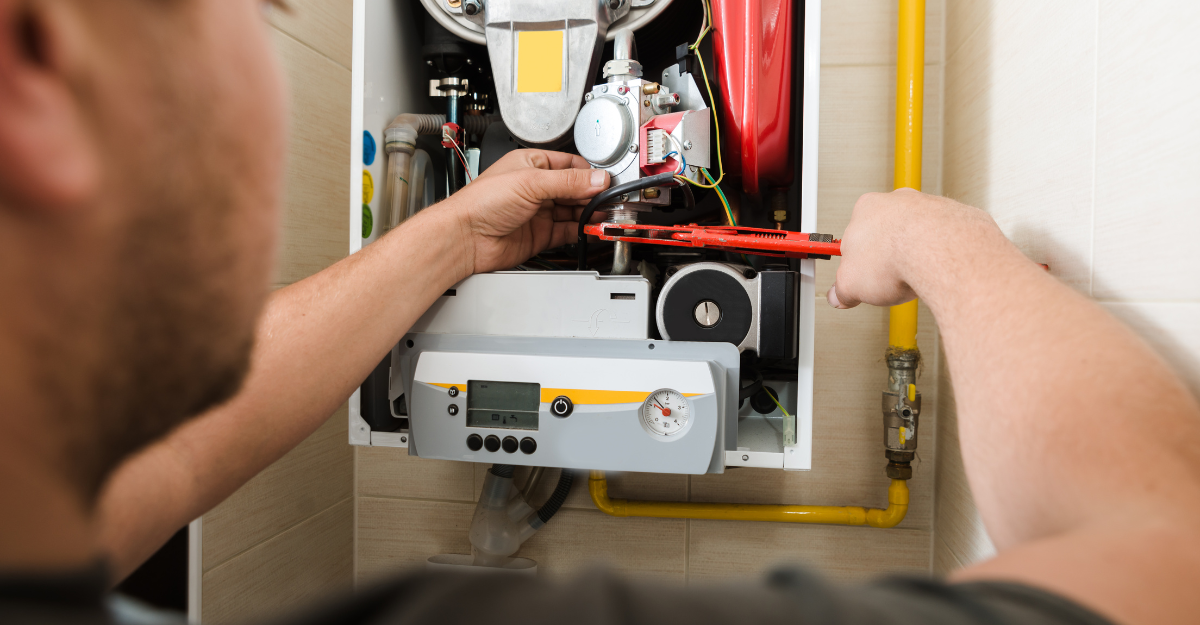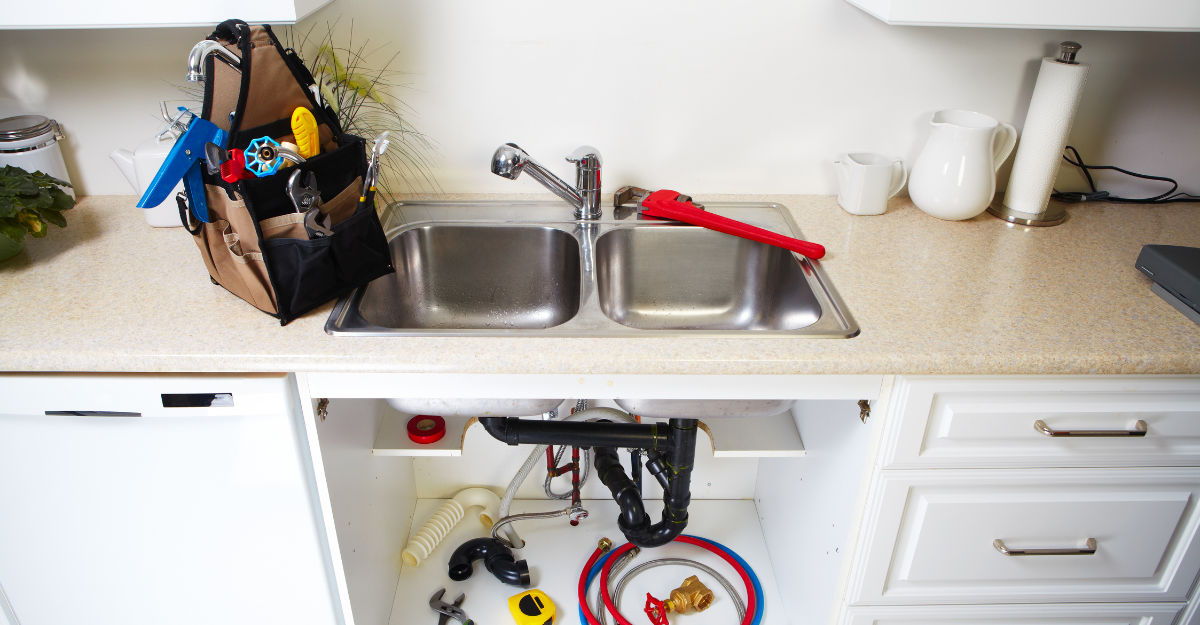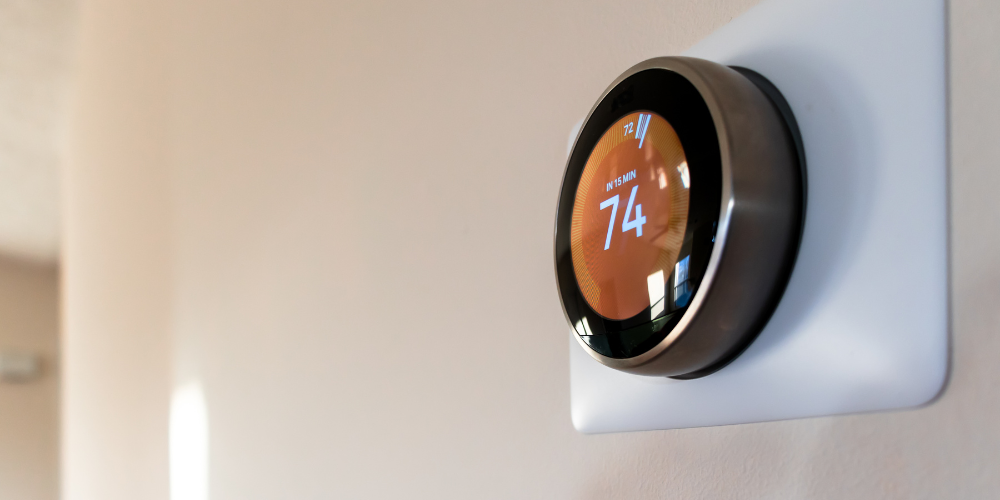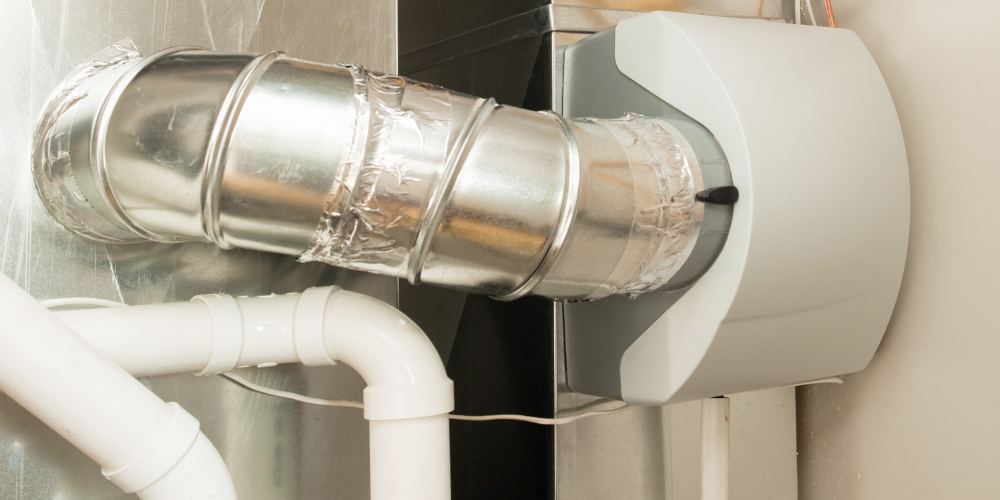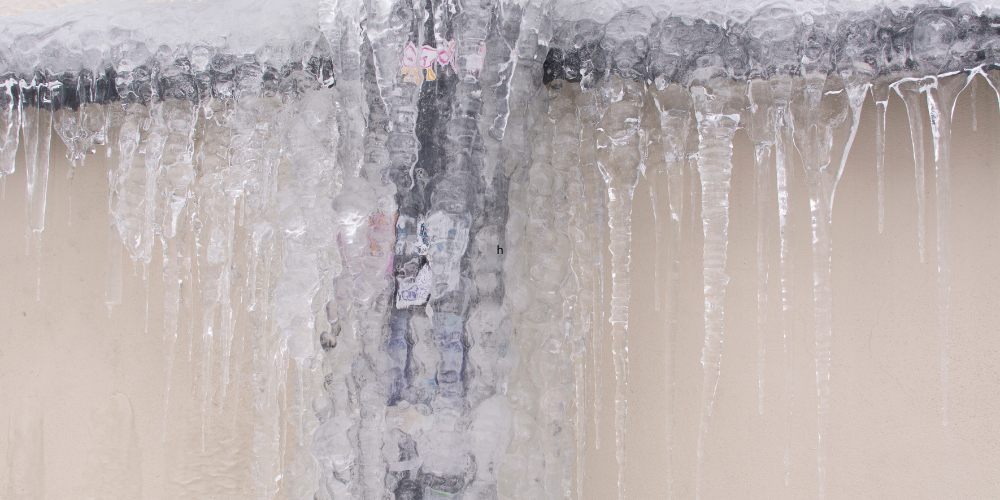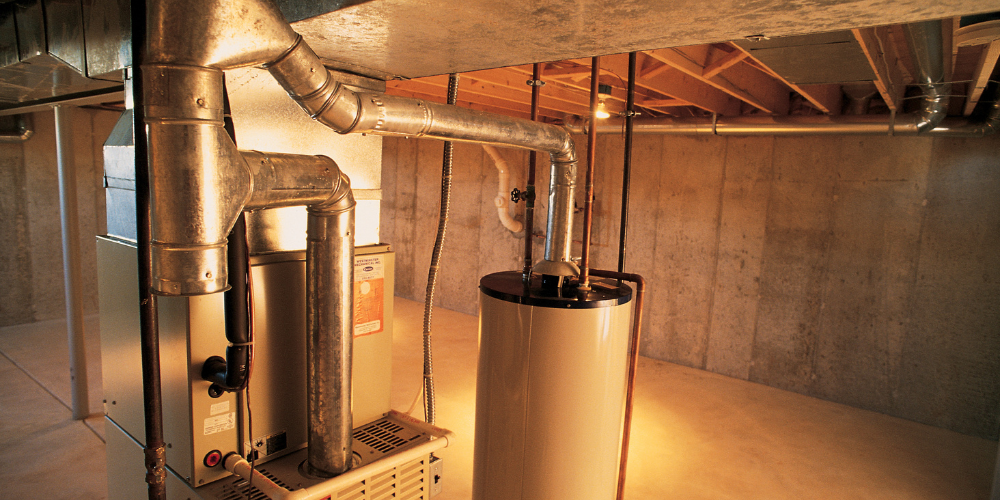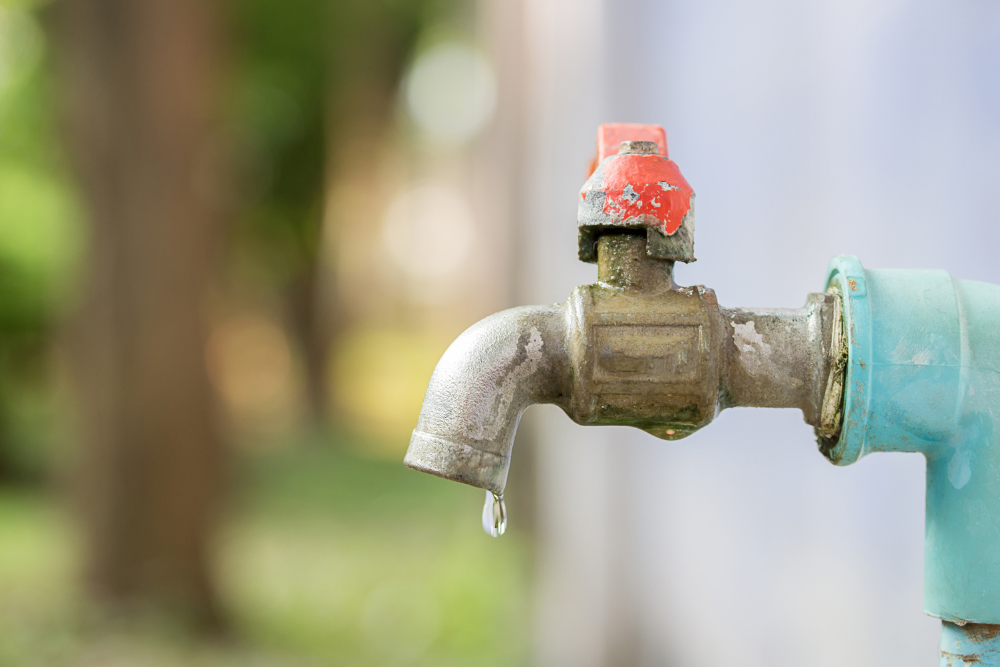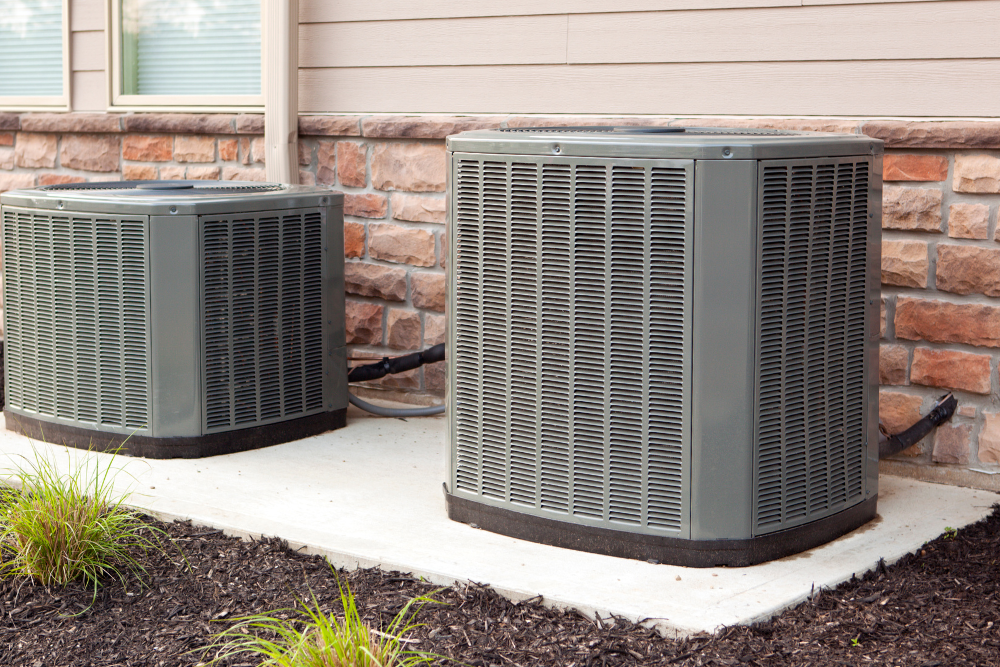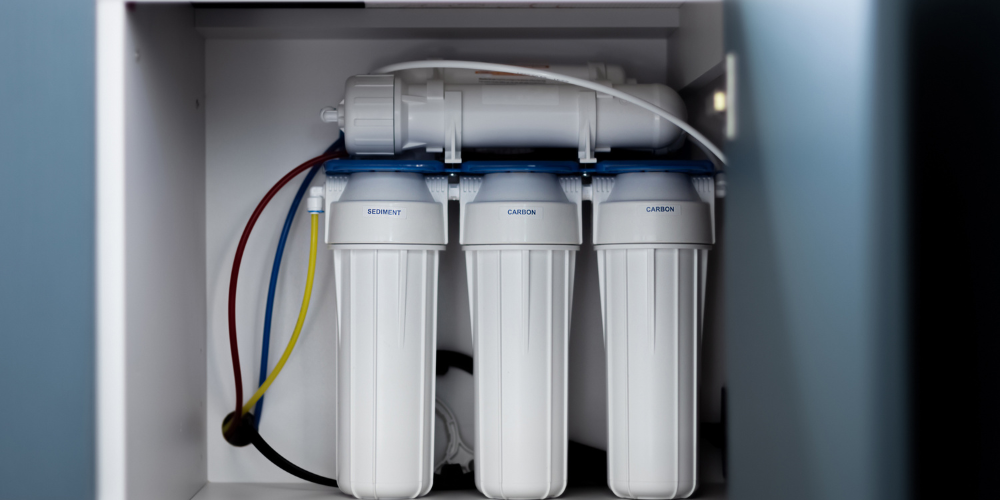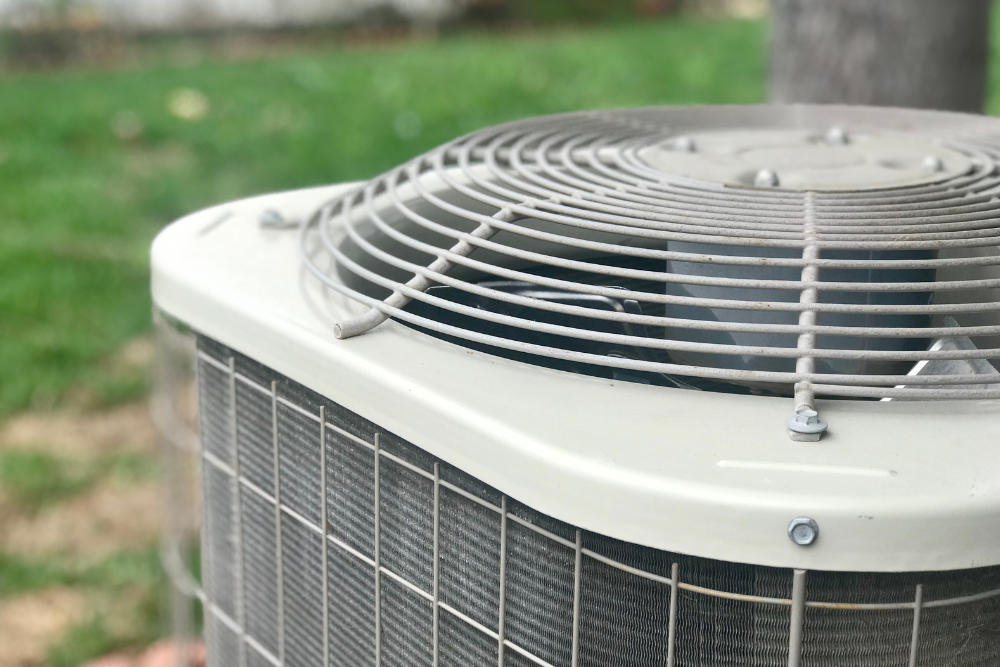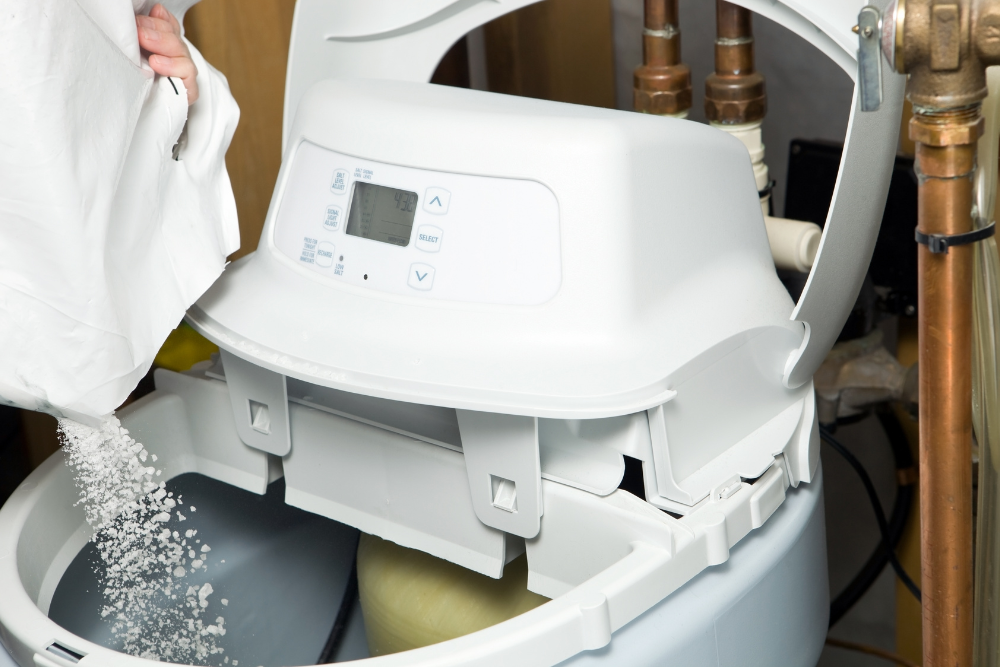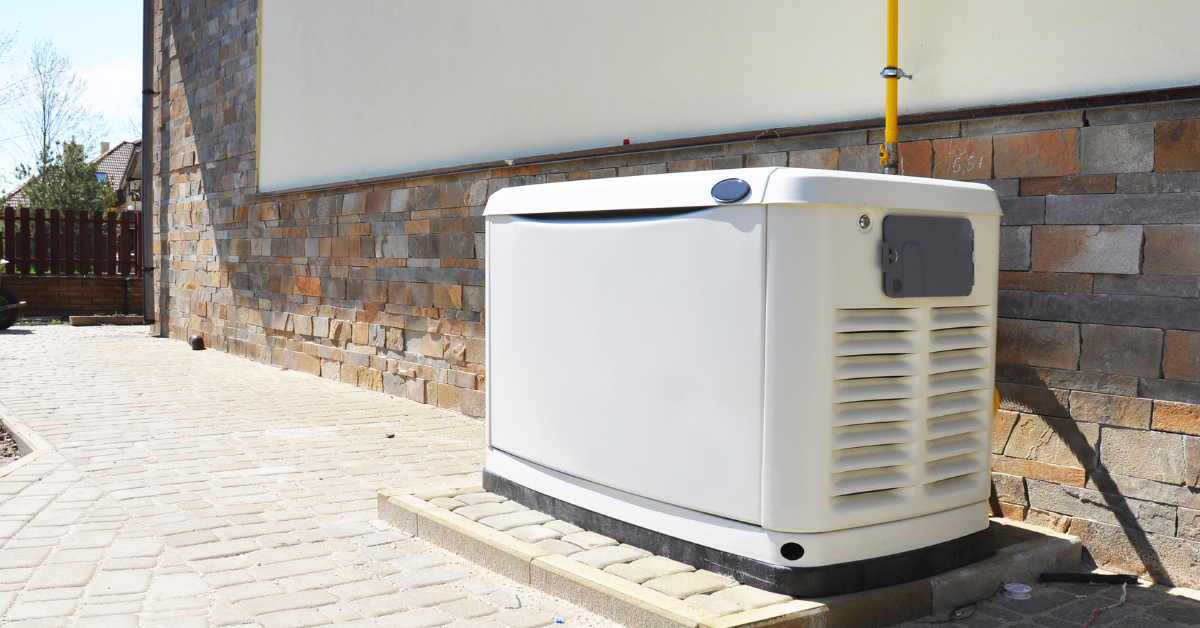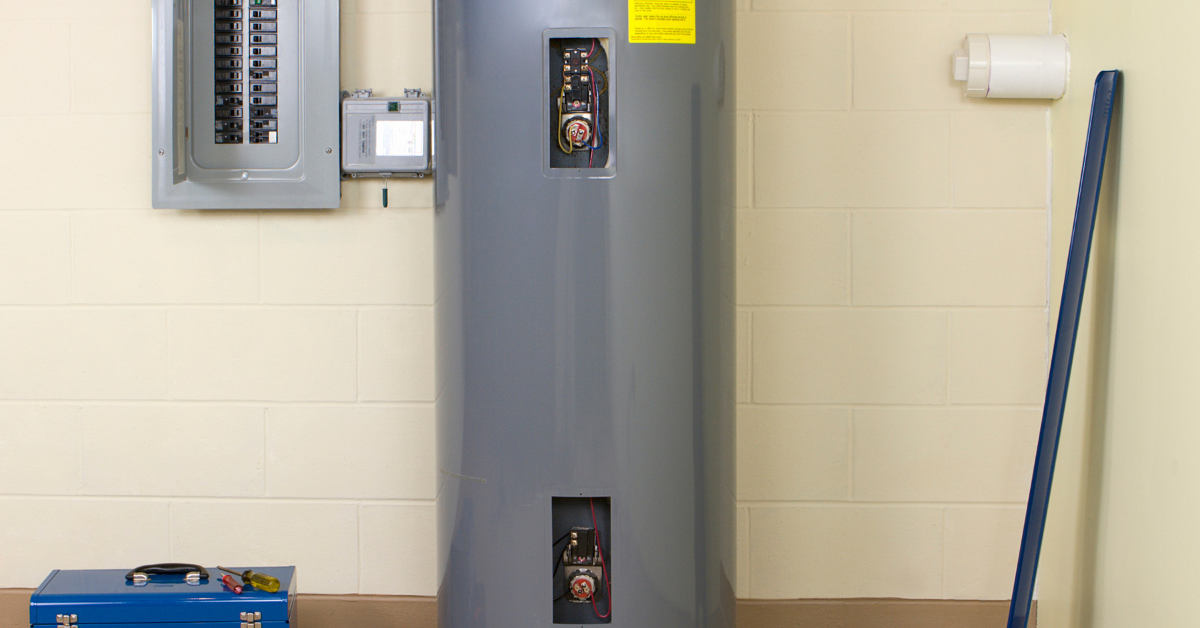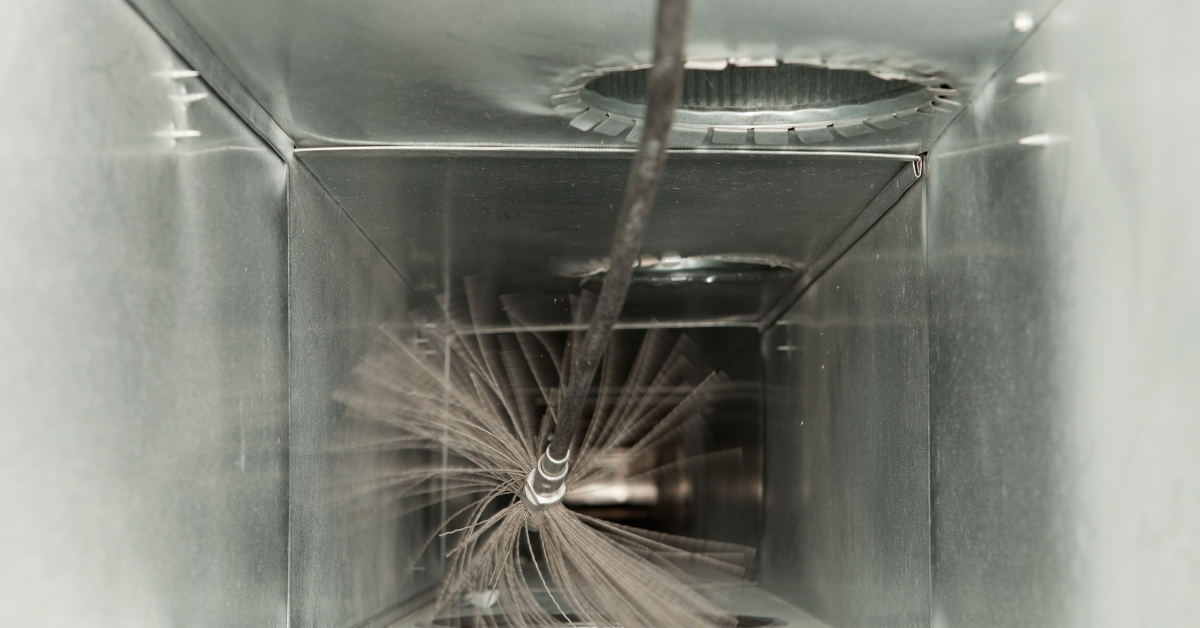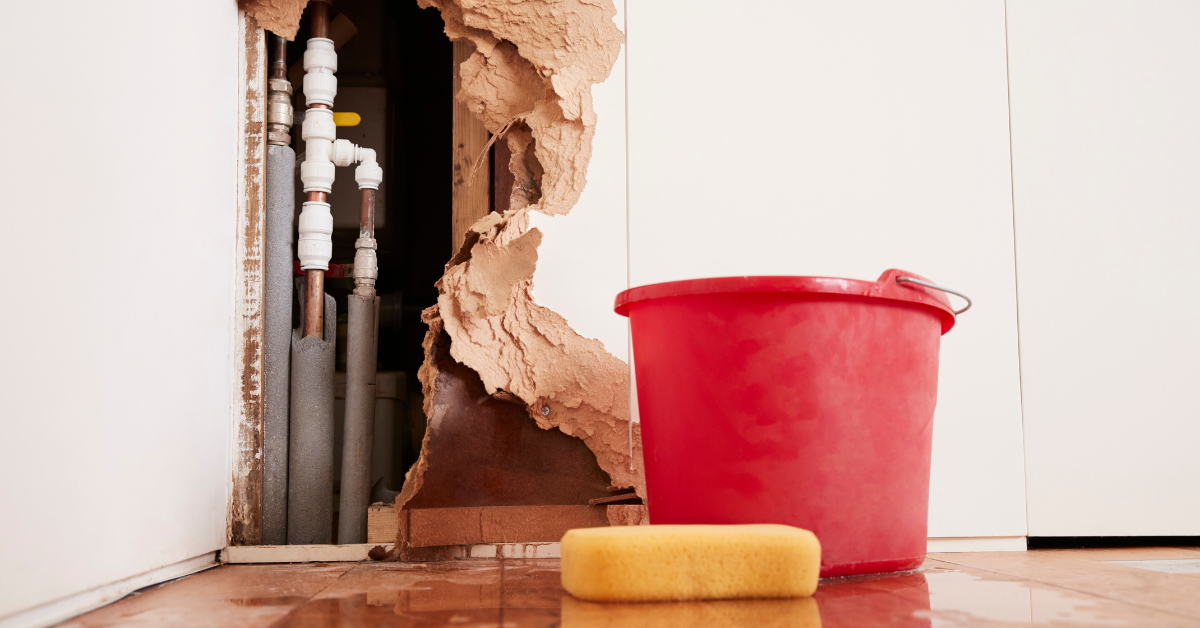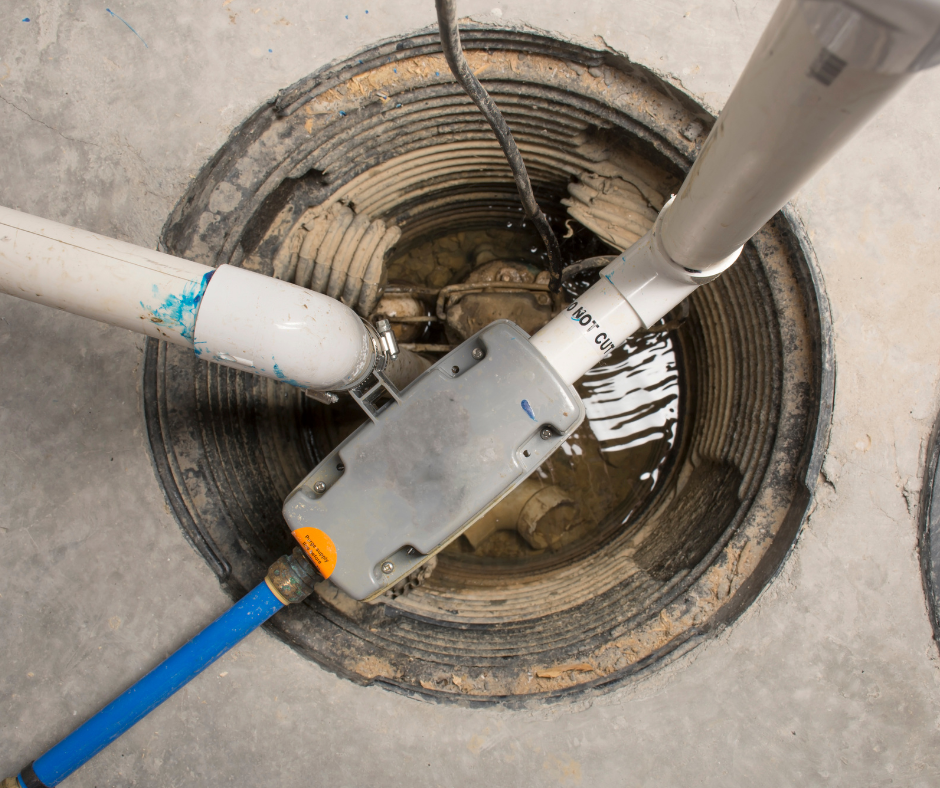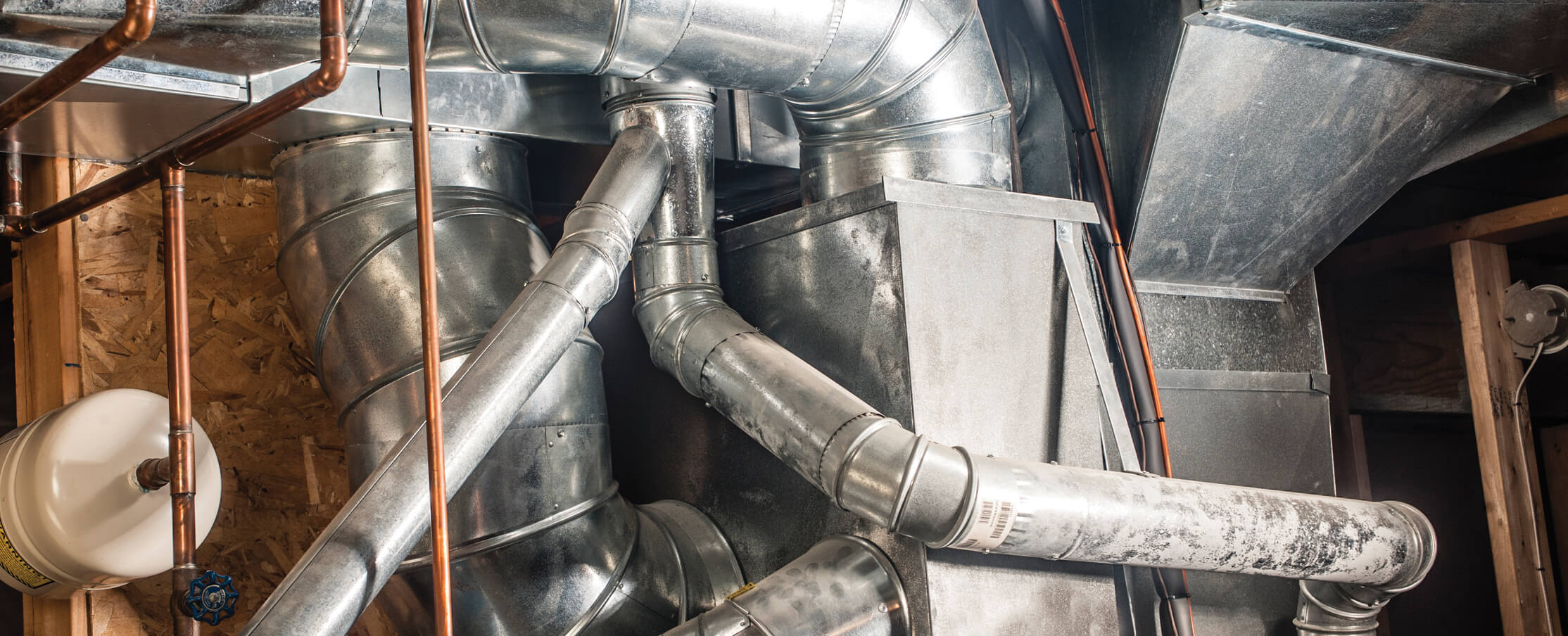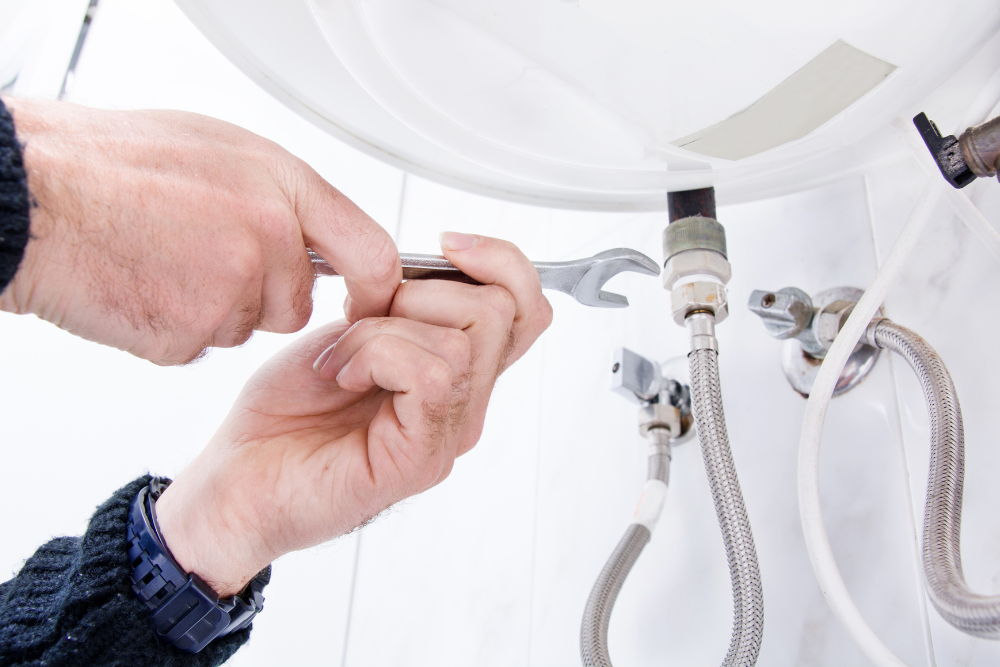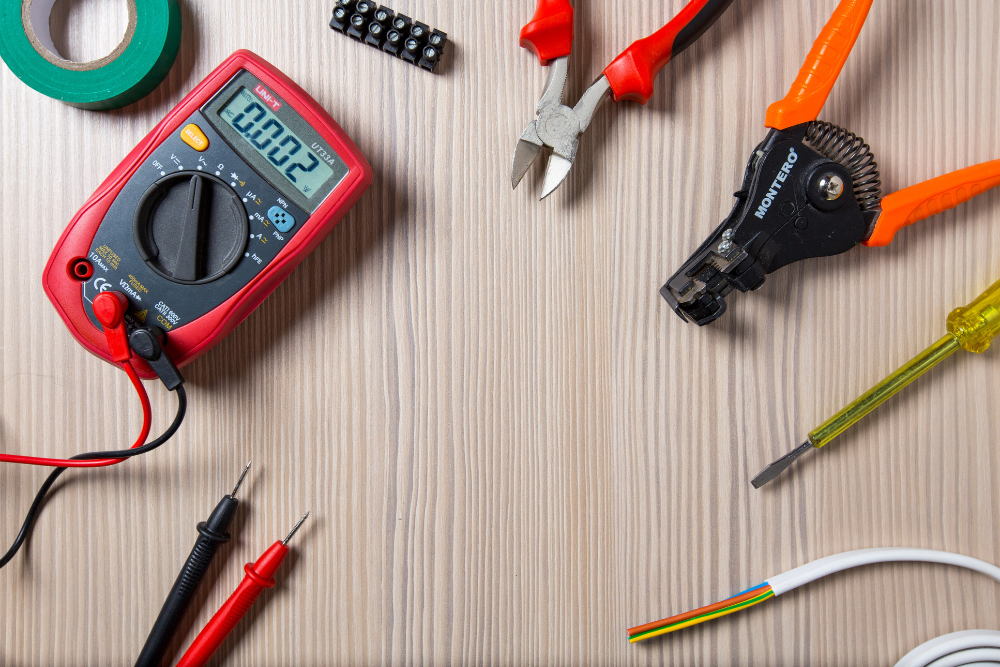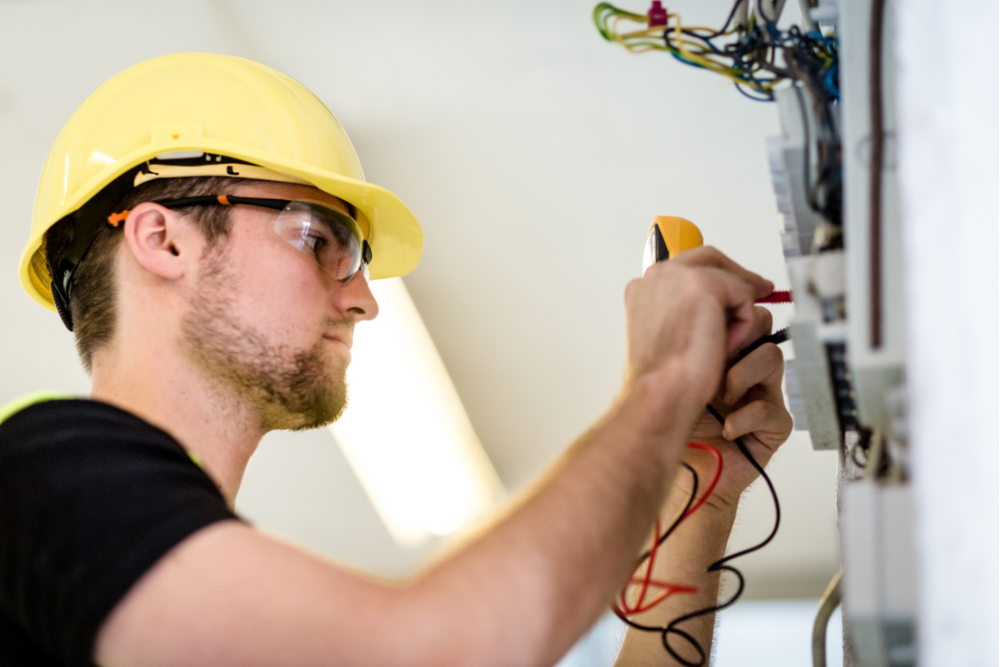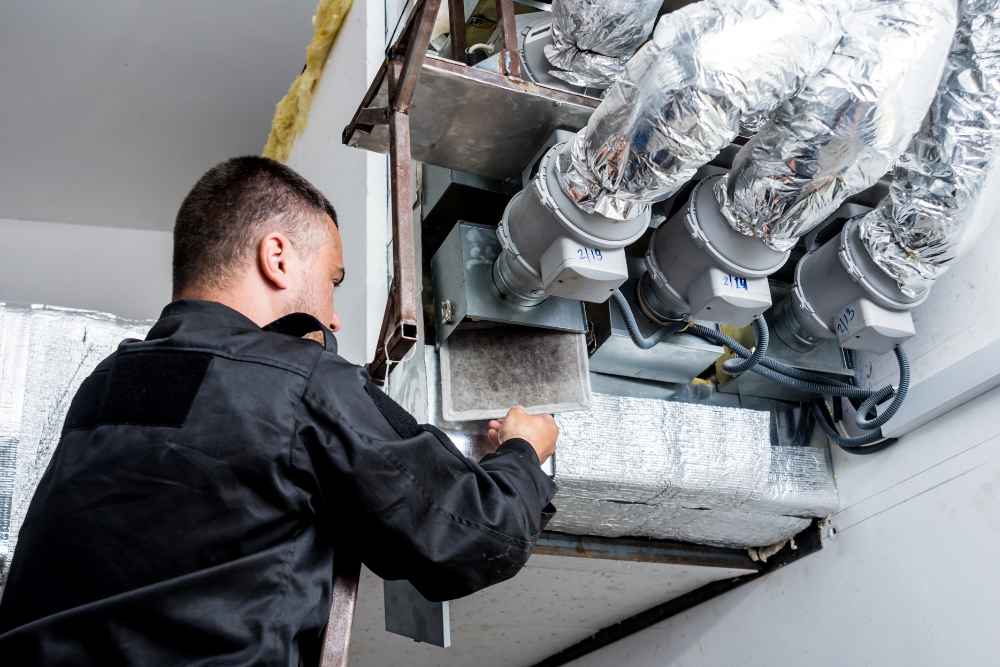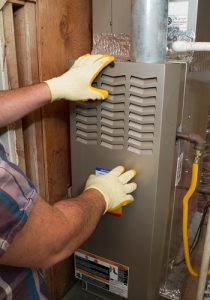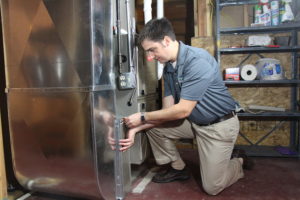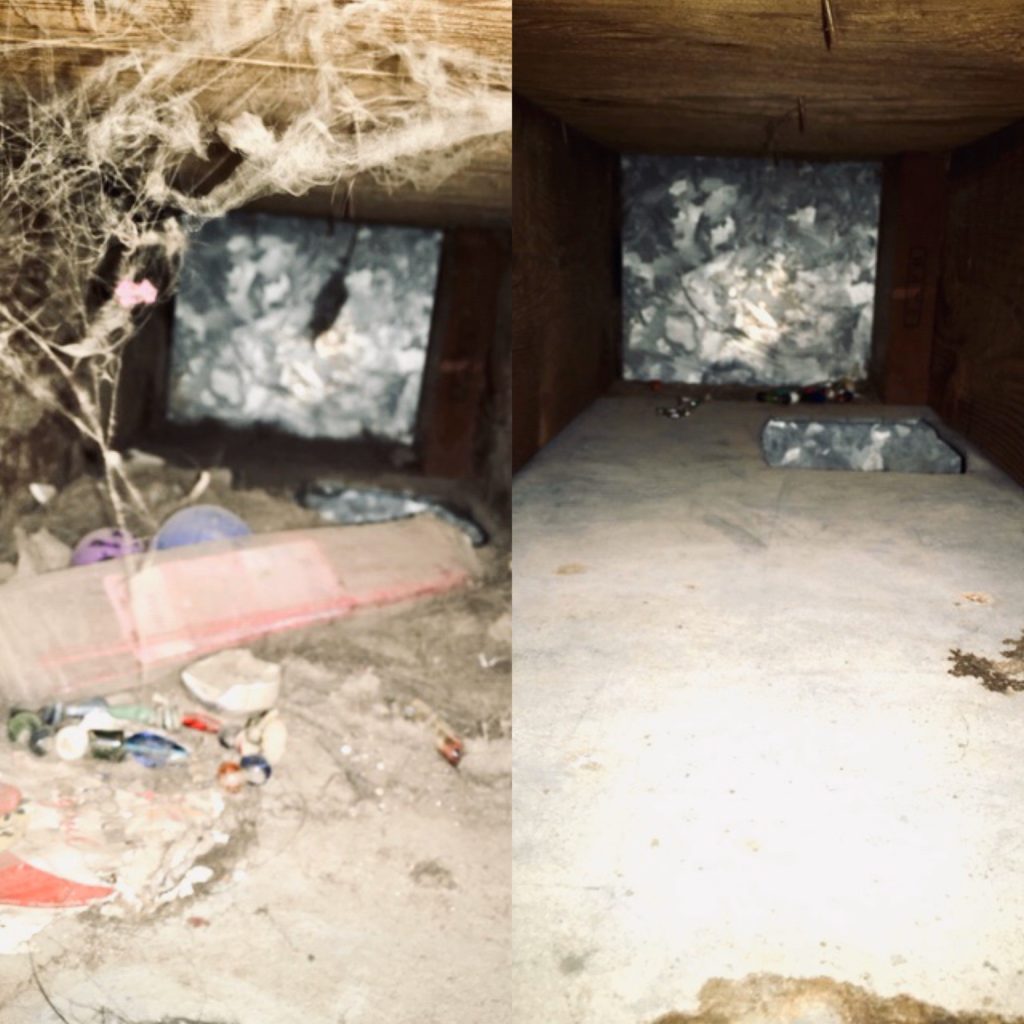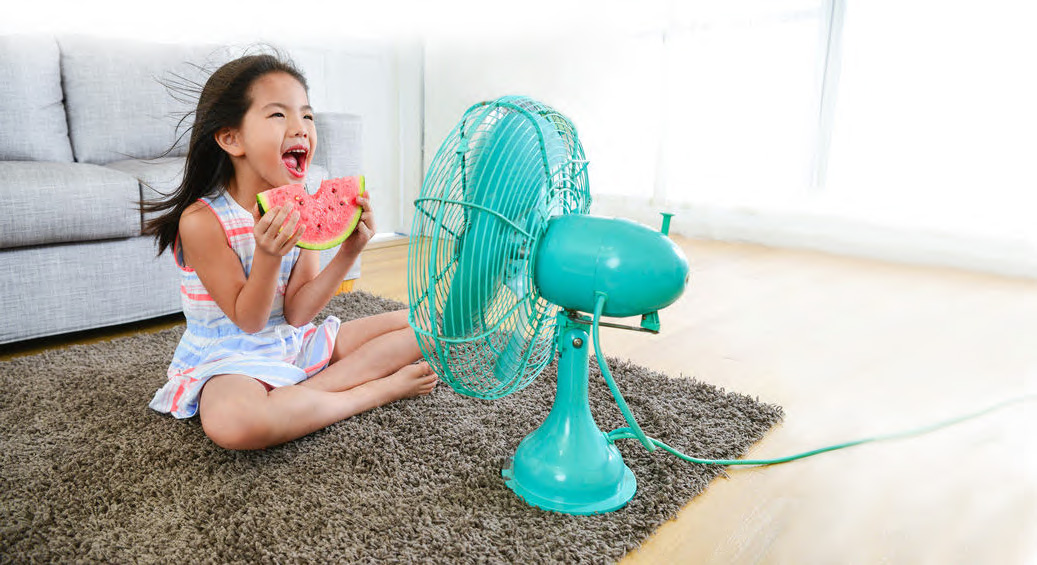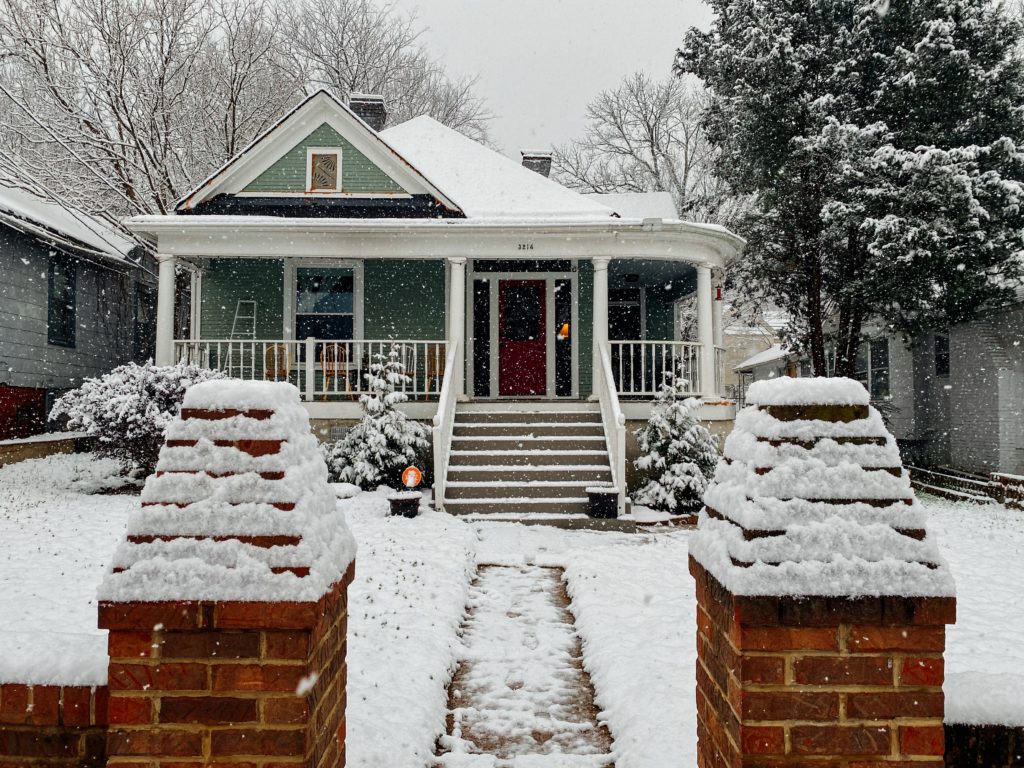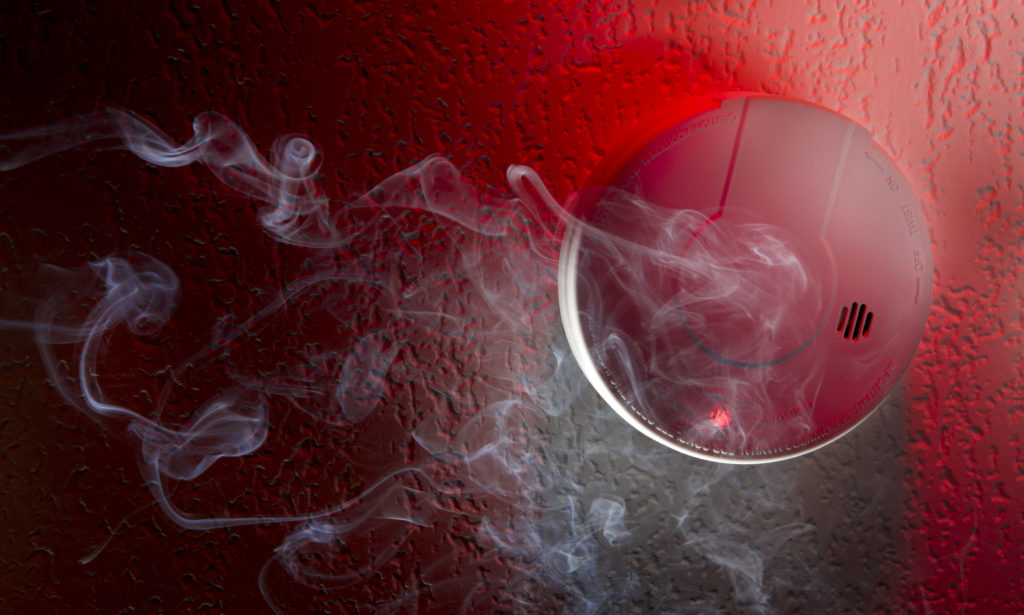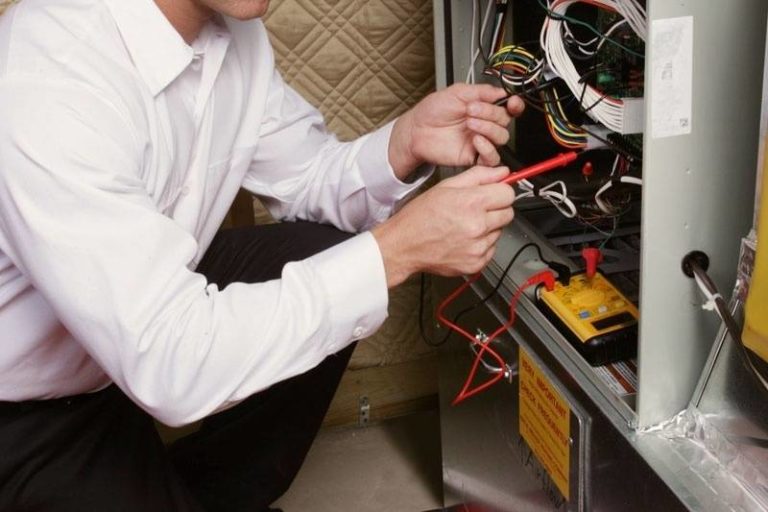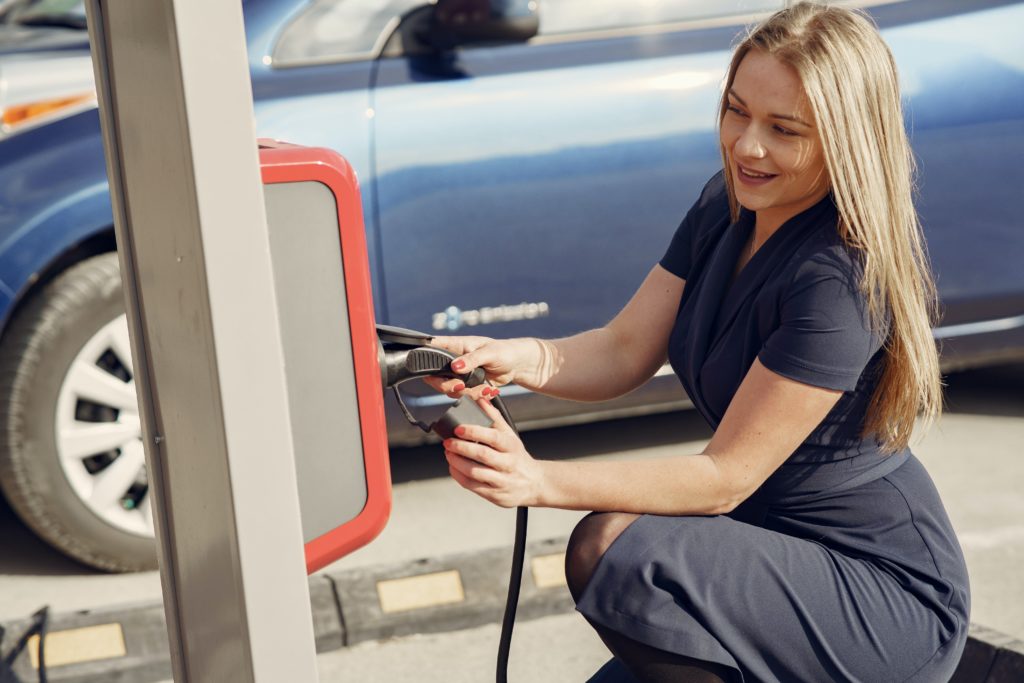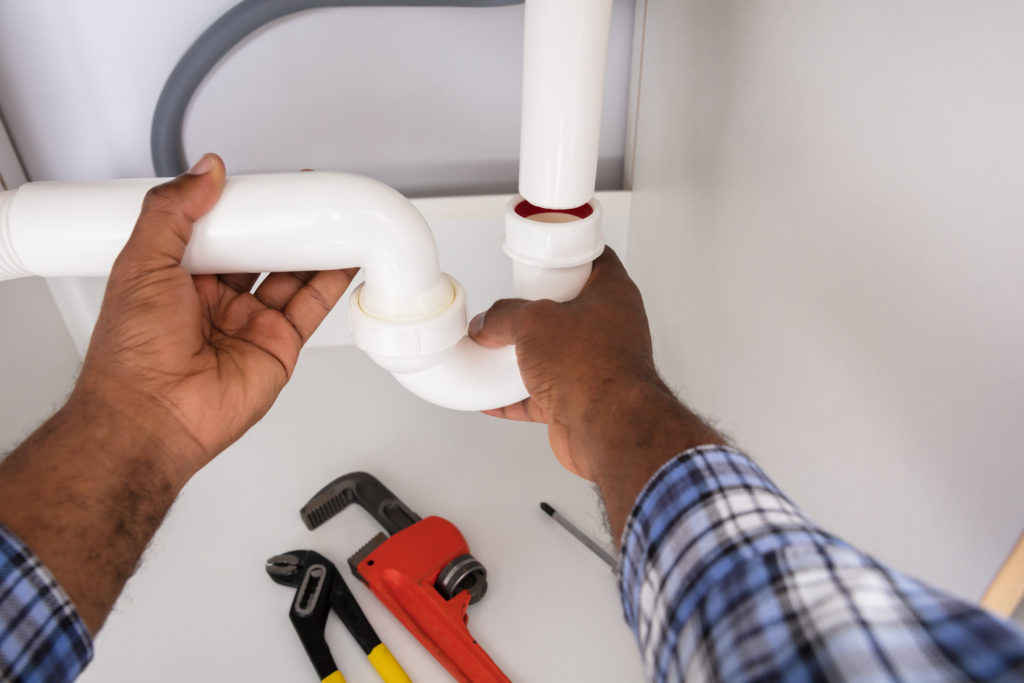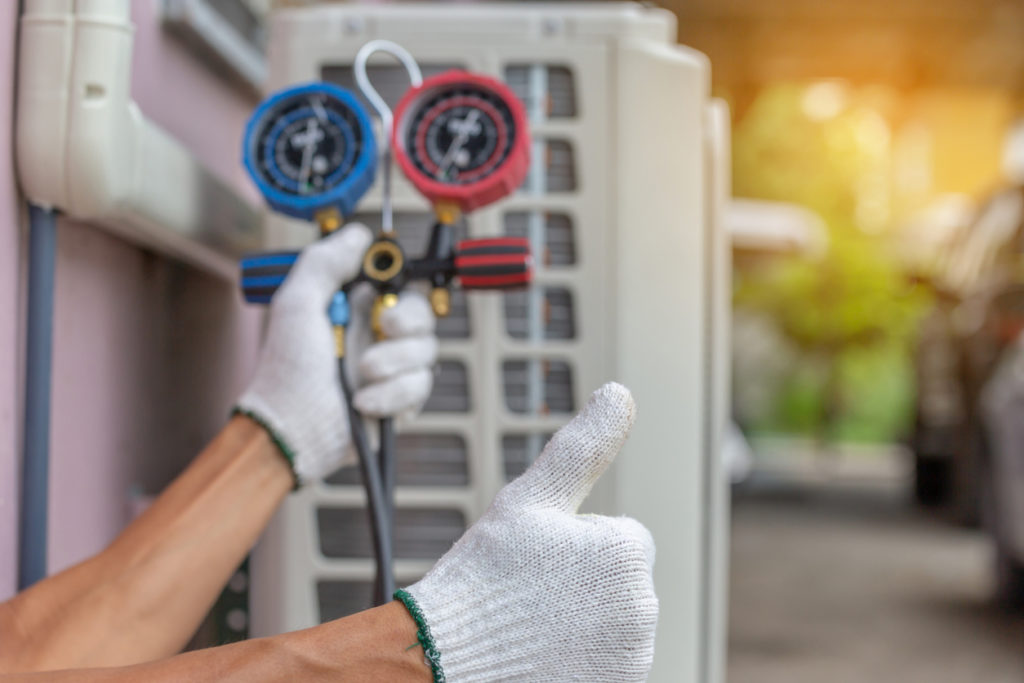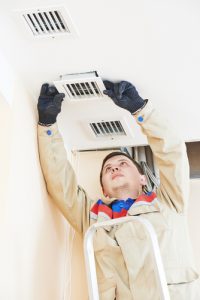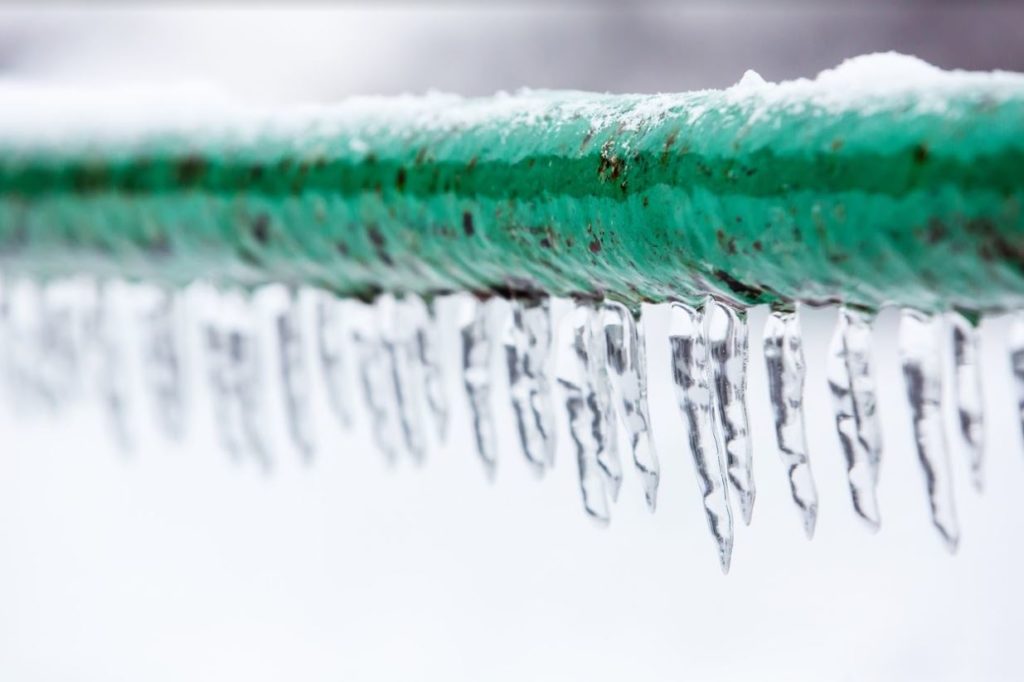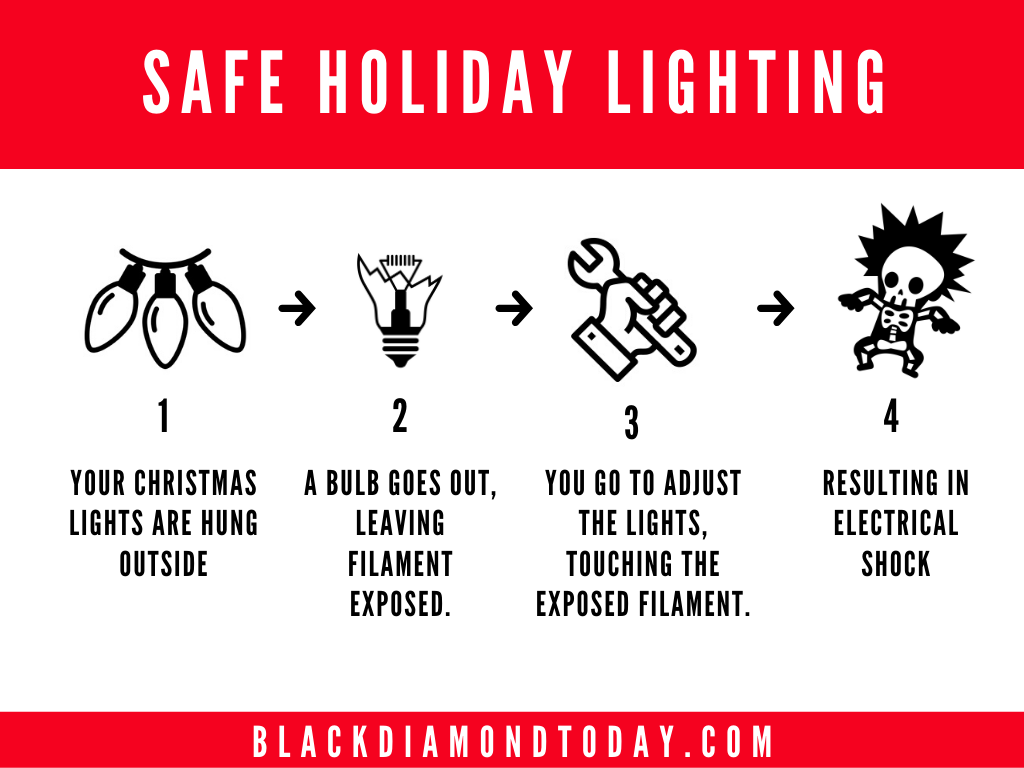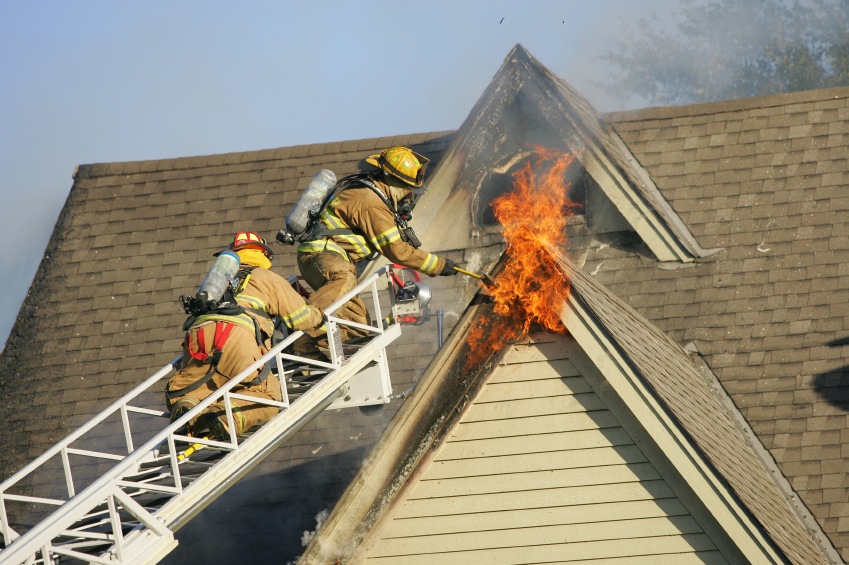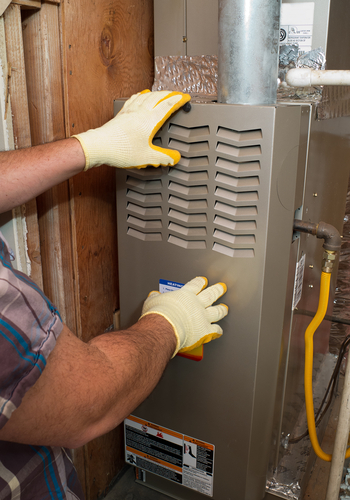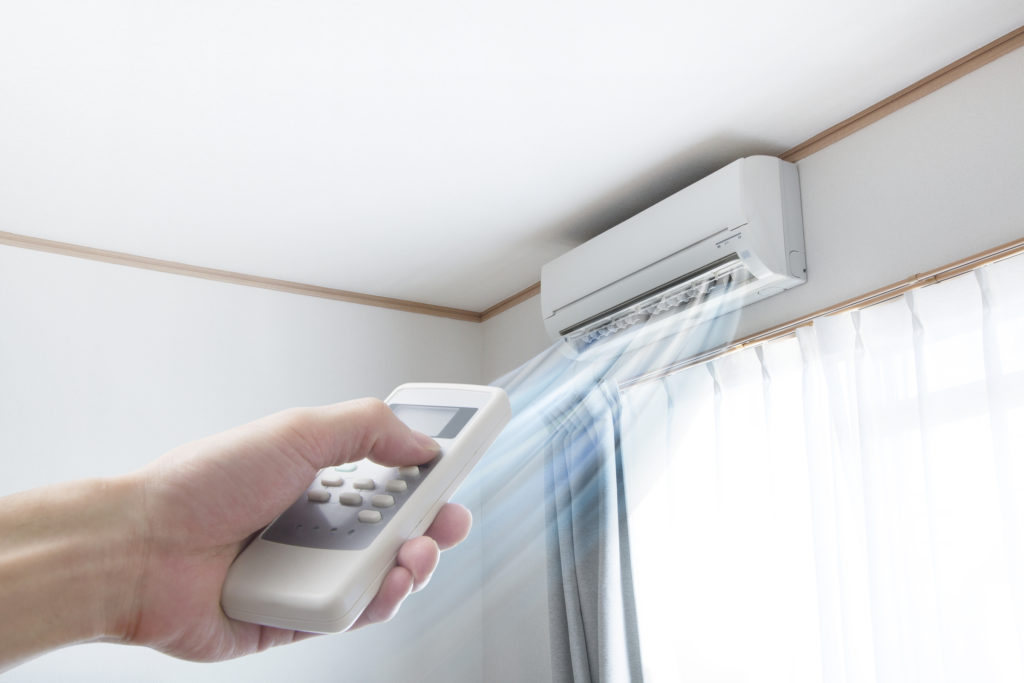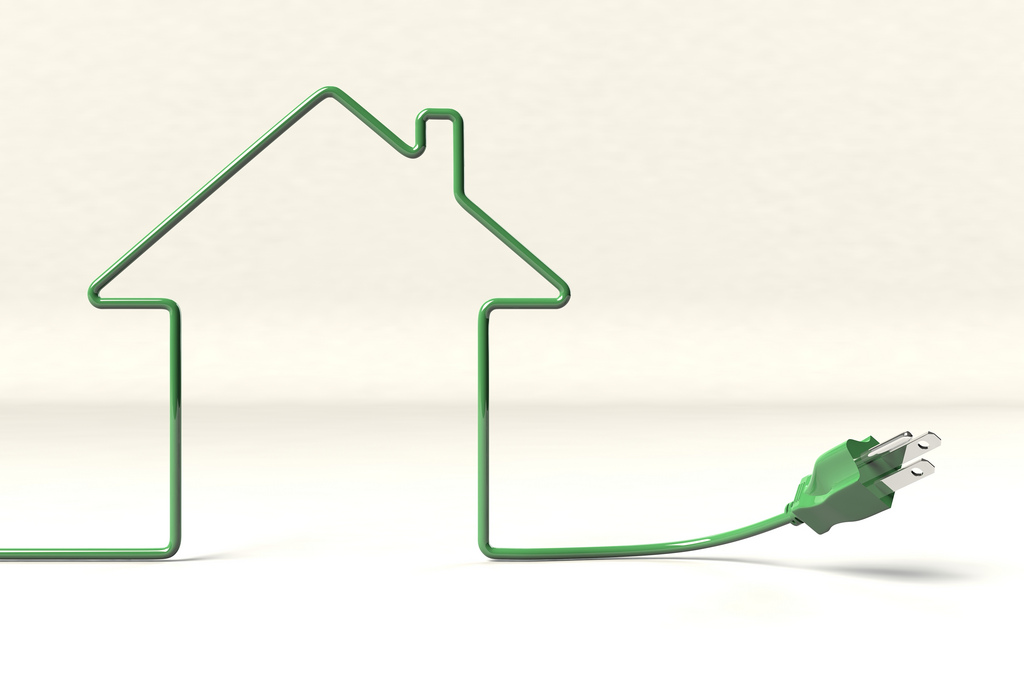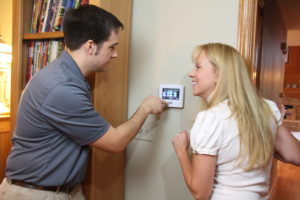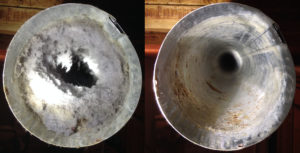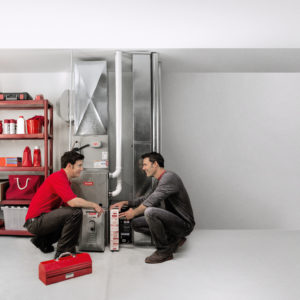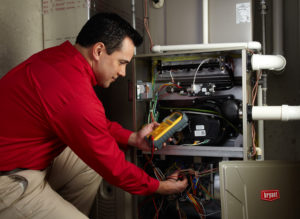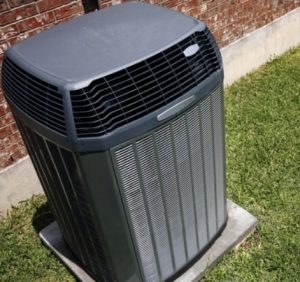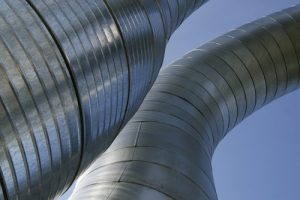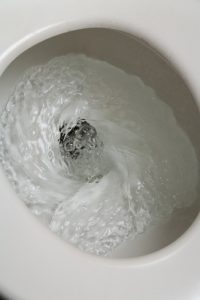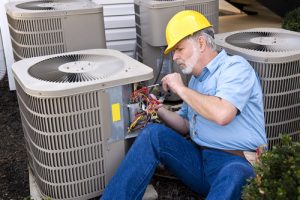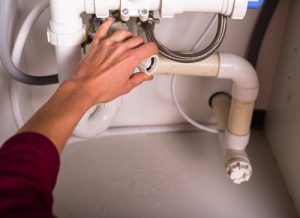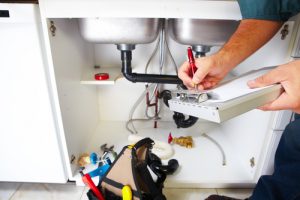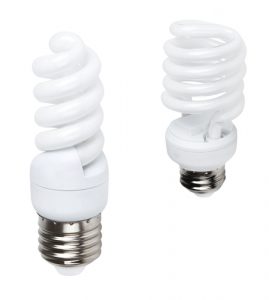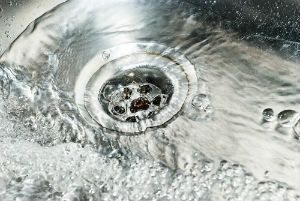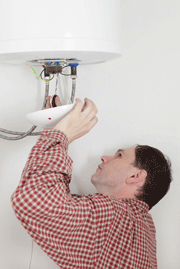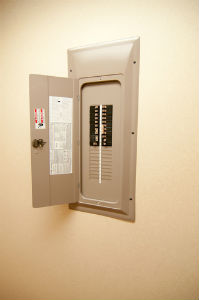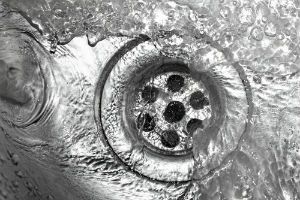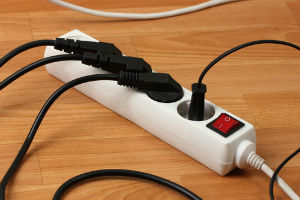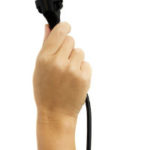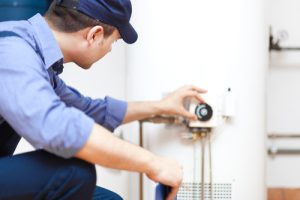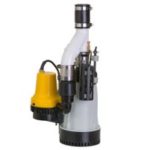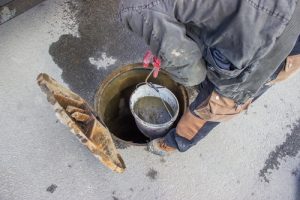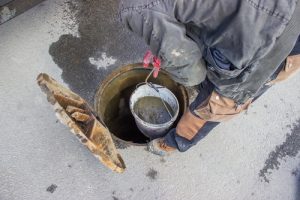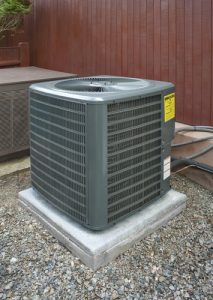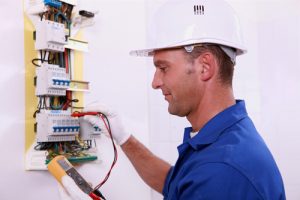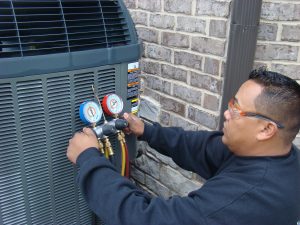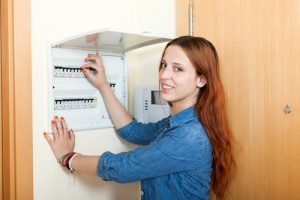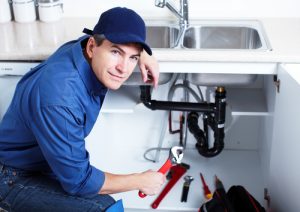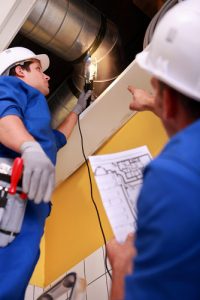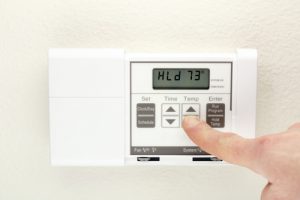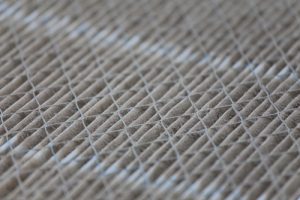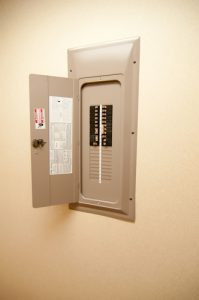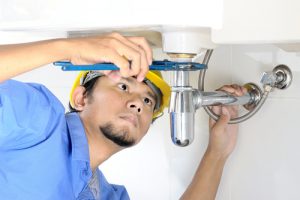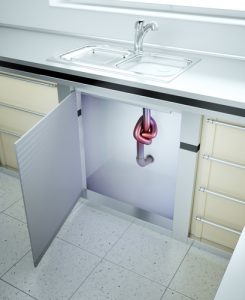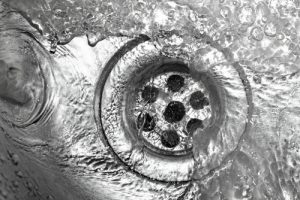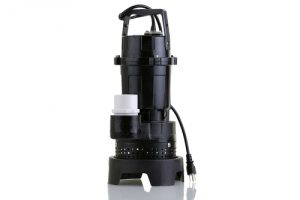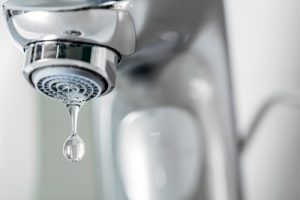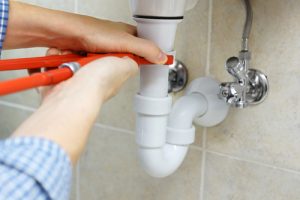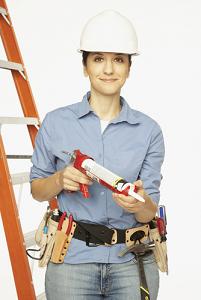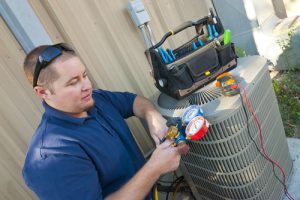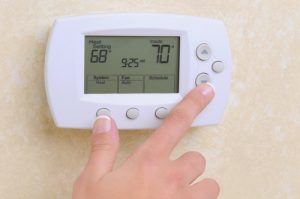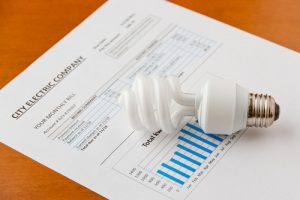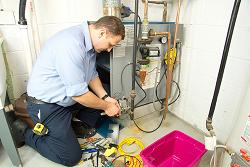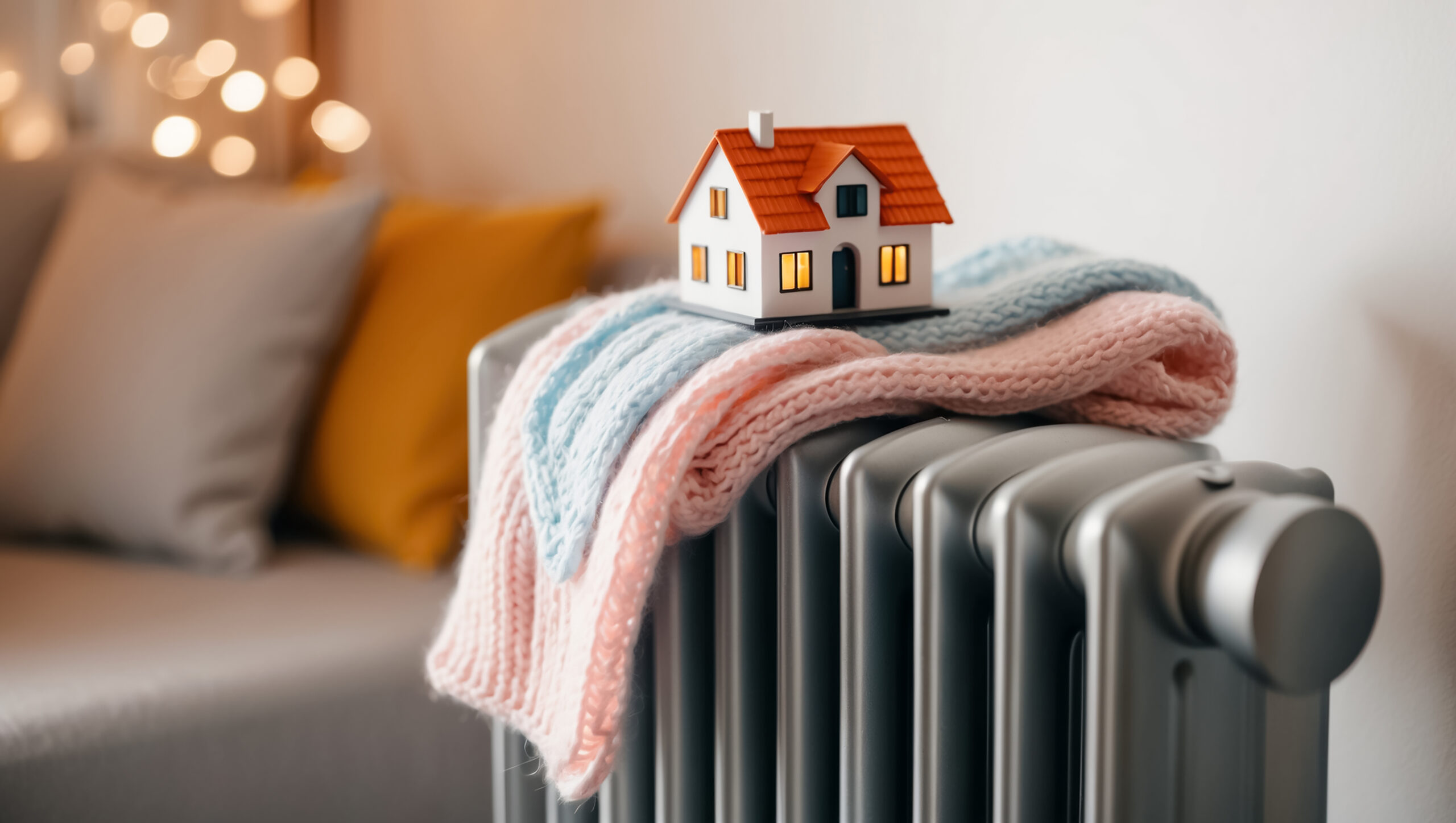Upgrading Your Heating Equipment? What to Expect From Each Type of Furnace
The harshest temperatures of a Chicagoland winter are only a few weeks away, which means it’s time to consider the condition and reliability of your home heating system. If your furnace didn’t provide the heating you need, it’s a good idea to replace or upgrade it early. Here is a brief guide to the types of furnaces you can choose from, their characteristics, and what you can expect from these systems.
Basic Furnace Function
The basic function of all furnaces is very similar. The heating cycle begins when the thermostat detects a drop in indoor temperatures. In response, the thermostat causes the furnace to start operating. In fuel-burning models, the furnace ignites fuel that burns and generates heat that is collected by the heat exchanger. In electric models, a set of electrical coils warms up to generate heat. As air is blown across the heat exchanger by powerful fans, it warms up and is directed into the ductwork. In electric furnaces, the air is blown directly across the heating coils. The warm air travels down the ductwork and exits from vents, where it warms your indoor spaces. Expended cool air is pulled back into the system through return ducts, where it is filtered, heated and redistributed. When temperatures rise high enough to match the settings on the thermostat, the furnace shuts off until temperatures drop again, when the cycle repeats.
Types of Furnaces
Gas furnaces are very common, and the first four types of furnaces under discussion here are gas-burning models. They consume natural gas as their fuel to produce heat. You should be able to easily get a natural gas connection from your local utility company if you don’t have one already. If natural gas is not an option, ask your heating specialist about furnaces that use other types of fuel, such as propane or fuel oil.
Single-Stage Furnaces
Single-stage furnaces are installed in many American homes. Older furnaces are usually single-stage models. These types of furnaces run at only one level, which means they are producing the most heat possible, and using the most energy, every time the furnace runs. This generates plenty of heat, but is inefficient since the furnace is always running on high. You often end up with more heat than you need and always pay the most for it. Single-stage furnaces are commonly less expensive than other models, but over time, the higher energy costs outweigh the lower purchase price.
Variable-Speed Furnaces
Variable-speed furnaces are much more efficient than single-stage models since they can operate at different levels, depending on the amount of heating required. The “variable” element of their operation is based on the function of the air handler or blower motor, which is designed to run at different levels in response to changes in indoor temperatures. This type of blower motor controls the amount of warm-air flow, increasing or decreasing the amount of conditioned air entering your home in response to actual temperature needs. Variable-speed blower motors usually start at about two-thirds speed, producing heat at a consistent rate. After about 10 minutes, the system will detect if more heating is needed to meet thermostat settings. If so, the blower motor increases to full speed to provide additional warm air. Their variable levels of operation means these types of furnaces operate more often at a lower level, which saves energy and decreases your heating bills.
Modulating Furnaces
Modulating gas furnaces offer higher levels of efficiency than single-stage or variable-speed models. In these furnaces, flame level is controlled even more precisely, resulting in incremental changes to the flame that maintain indoor temperatures within one or two degrees of thermostat settings. Some models are precise enough to keep temperatures within a half-degree of the settings at the thermostat.
Instead of making large, sometimes abrupt changes in flame level and heat production, a modulating unit maintains a more consistent flow of heat that accurately responds to the gradual rise and fall of temperatures inside your home. This precision is made possible by a modulating gas valve that strictly controls the amount of gas available for combustion. A modulating furnace will also contain a variable-speed air handler that increases efficiency by controlling the flow of warm air.
Modulating furnaces are extremely efficient, achieving annual fuel utilization efficiency (AFUE) ratings of around 98 percent. This number represents the amount of energy contained in the fuel that is converted to usable heat. In this example, an AFUE 98 modulating furnace will be able to convert 98 percent of the energy in the gas to heat, while the other 2 percent is lost through ventilation or leakage.
Modulating furnaces can be more expensive to purchase, though the unit’s high efficiency and consistent savings on heating costs can usually allow you to recover the cost of the system through monthly savings alone within a few years of installing it.
Condensing Furnaces
Another type of high-efficiency gas furnace is a condensing model. Condensing furnaces perform much the same as other types of forced-air heating systems. The significant difference, and the source of the unit’s efficiency, comes from the way the condensing furnace handles exhaust gases.
Gas furnaces produce exhaust gases as a byproduct of burning fuel to produce heat. These gases, which include the deadly carbon monoxide, are quickly vented out of your home. In a condensing furnace, the gas venting process is slower. This allows a second heat exchanger to recover heat from the still-warm exhaust gases. Instead of losing this heat through exhaust gas venting, it is recovered and reused to warm your indoor spaces. The demands on the main system are decreased while heating energy you’ve already paid for is recycled and put to more efficient use. Condensing furnaces typically offer AFUE ratings of around 98 percent.
Electric Furnaces
If you don’t want to replace or upgrade your existing furnace with a fuel-burning model, you have the option of switching to an all-electric furnace. The performance and reliability of an electric furnace is comparable to a gas model. Electric systems, however, offer some advantages:
- Increased safety: Since there is no flammable fuel being used, the possibility of fire is reduced. Electric furnaces produce no dangerous exhaust gases.
- Improved environmental compatibility: Electric furnaces operate relatively cleanly. They do not generate greenhouse gases or emissions that can be harmful to the environment.
- Easy access to power: Electric furnaces do not require a utility hook-up or a fuel storage tank. This makes them a potentially better choice for areas where it would be difficult to get a consistent supply of gas, such as rural locations.
- Lower initial investment: Electric furnaces commonly cost less than comparable gas models. They are easier to install and can most often be plugged into existing electrical supplies without much need for revision of electrical outlets or wiring systems.
- High efficiency: The efficiency of an electric furnace can be comparable to high-efficiency gas models. Electric furnaces commonly have AFUE ratings of 95 or higher.
Furnace Sizing
When upgrading your furnace, it is necessary to choose a model that is the correct size. This does not refer to the system’s physical dimensions but to its ability to generate enough heat to keep your indoor environment at the temperature you prefer. A too-small furnace will not be able to produce all the heat you need. It will also work harder than necessary, increasing heating costs and causing system components to wear out faster. A too-large furnace will overheat and waste both energy and money.
Before making your furnace selection, ask your HVAC professional to perform a heating load calculation on your home. The evaluation will calculate the amount of heating needed based on factors such as the local climate, thermal and physical characteristics of your home’s structure, and your stated heating requirements. When finished, your HVAC consultant will know how much heating you need and will be able to show you models that will produce exactly that amount of heating.
Make sure the heating load calculation is performed using industry-standard techniques, such as the instructions contained in the Air Conditioning Contractors of America (ACCA)’s Manual J: “Residential Load Calculations.”
Furnace Filters
When upgrading to a newer or more efficient furnace, remember that the system’s air filters will have a significant effect on the furnace’s level of performance. Filters are graded by minimum efficiency reporting value (MERV) level, a number from 1 to 16 that indicates the filter’s efficiency at capturing airborne particulates between 0.3 and 10 microns in size. Higher MERV levels mean better filter efficiency. Ask your HVAC pro for help determining the best filters for your system. Once the furnace is installed, check the filters at least once a month and change them when they get dirty. Clogged, dirty filters are a major source of furnace performance degradation and system breakdowns.
Contact us today for more information on furnaces, furnace efficiency, and the different types of furnaces available to keep your home warm this winter and for many winters to come.
Recent Posts
Request Service
Please fill out the form and we will get in touch with you shortly. We look forward to serving you!
Request Service
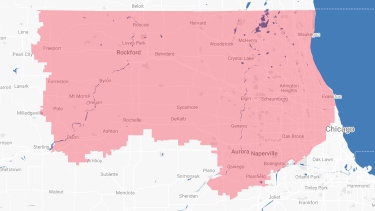
Proudly Serving
The Chicagoland AreaAddison | Algonquin | Antioch | Arlington Heights | Aurora | Barrington | Bartlett | Batavia | Beloit | Belvidere | Bensenville | Bloomingdale | Bolingbrook | Buffalo Grove | Byron | Caledonia | Capron | Carol Stream | And Much More!
VIew ALL

